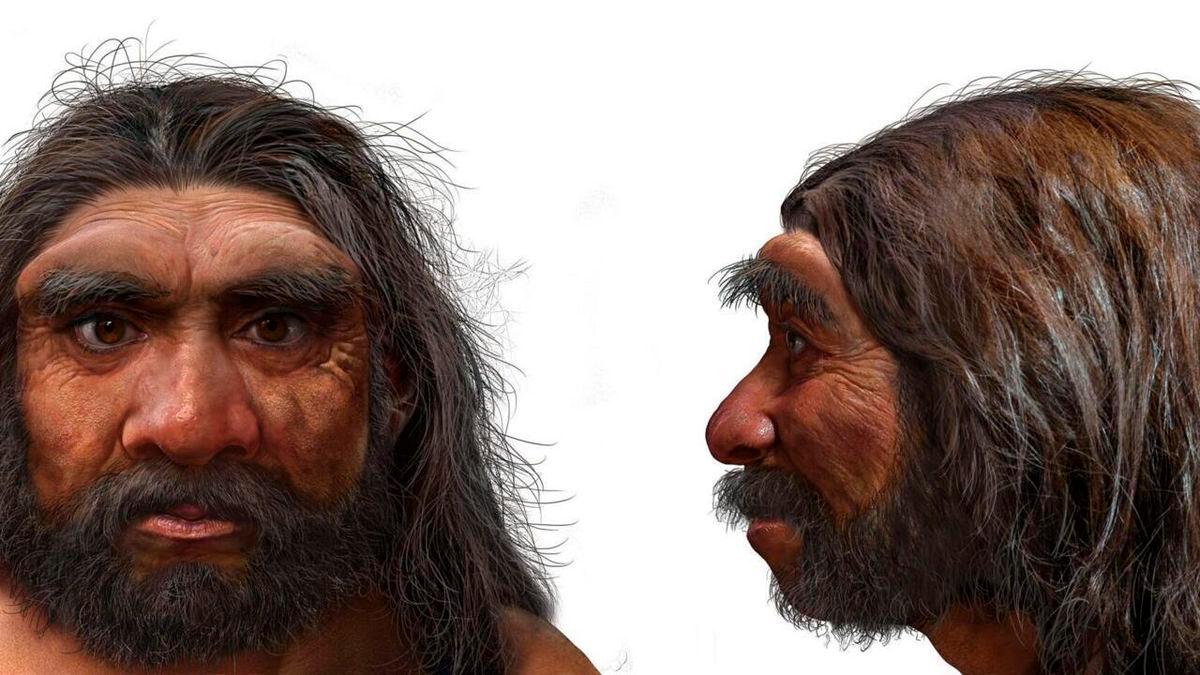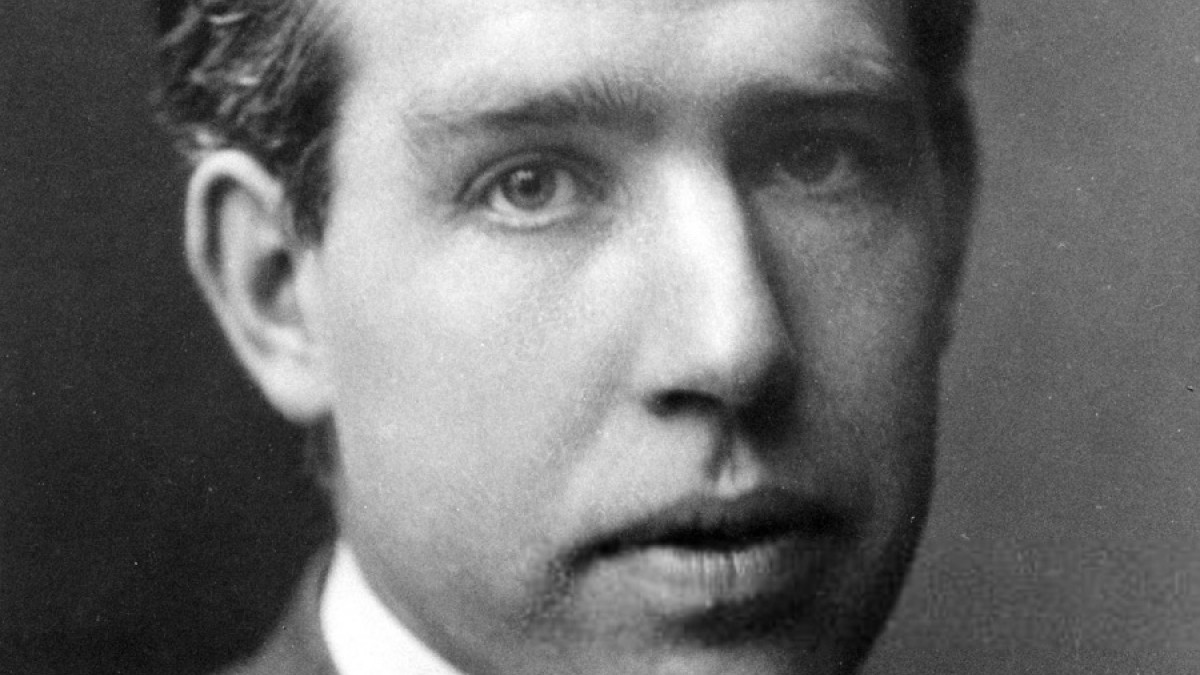A remarkable fossil unearthed in China is forcing scientists to rethink long-held assumptions about the timeline of human evolution.
A recent archaeological discovery in China has captured the attention of the global scientific community. Researchers have uncovered a remarkably well-preserved human skull that exhibits a combination of primitive and modern features, challenging previous theories about when and how humans evolved. The find provides a rare glimpse into the complex web of hominin species that existed tens of thousands of years ago, suggesting that human evolution may have been far more intricate than previously understood.
The discovery and its significance
Los restos del cráneo fueron extraídos de una cueva en el sur de China, donde las capas de sedimento han conservado vestigios de varias épocas. Las técnicas preliminares de datación sugieren que el fósil podría ser considerablemente más antiguo que ejemplares similares hallados en otras regiones de Asia. Su morfología única, que presenta características tanto de humanos arcaicos como de Homo sapiens anatómicamente modernos, sugiere que diferentes poblaciones humanas podrían haber coincidido e interactuado mucho antes de lo que los científicos habían considerado posible.
Experts believe that this discovery has the potential to alter a segment of the evolutionary history. Conventional models typically illustrated a straight line from early species to contemporary humans, yet the Chinese cranium supports the concept of a branching, mosaic evolution. These findings suggest a more dynamic evolution, where groups evolved simultaneously and shared genetic information across different areas.
The consequences reach past scholarly discussions. By showing a wider range of human diversity in ancient Asia, the fossil questions beliefs about migration, adaptation, and survival tactics during the Pleistocene epoch. It emphasizes the impact of local environments on evolutionary results and highlights East Asia’s role as a hub of human progress.
Understanding human variation and adaptation
One of the most striking aspects of the Chinese skull is its combination of traits. While certain features, such as a prominent brow ridge and robust facial structure, are reminiscent of archaic humans like Homo erectus, other aspects, including the shape of the braincase and dental patterns, align more closely with modern humans. This blend suggests that evolutionary experimentation may have been common, with different populations retaining certain primitive traits while adopting others advantageous for survival.
The discovery also offers a perspective on how adaptation strategies have evolved. Scientists suggest that the changing environments in East Asia, including varying climates and ecosystems, might have spurred evolutionary advancements. Communities residing in these areas would have had to adjust to different resources, threats from predators, and social dynamics, leading to the mix of characteristics seen in the skull. This underscores the link between biological evolution, environmental transformations, and cultural progress.
Genetic examination, when possible, might shed more light on these characteristics, possibly uncovering proof of crossbreeding with other hominin groups. Earlier findings, including Neanderthal and Denisovan DNA in contemporary populations, have shown that genetic exchange between species was frequent. The Chinese skull might offer further insight, aiding in detailing the evolutionary links that influenced current human variation.
Reevaluating human migration and timelines
The discovery in China also prompts a reevaluation of human migration patterns. Conventional models often placed East Asia as a later arrival for modern humans migrating from Africa. However, the dating of this skull suggests that hominin populations may have reached the region earlier than assumed, interacting with local archaic species. This could mean that East Asia played a more central role in shaping human evolution than previously acknowledged.
Such a change in viewpoint carries extensive consequences. It implies that the evolution of humans wasn’t a straightforward, one-way journey but a web of groups adjusting and sharing characteristics over great distances. Migration instances, previously considered singular occurrences, may have included several waves of movement and intricate interactions, leading to a diverse mosaic of evolutionary history.
Archaeological context further supports these ideas. Tools, ornaments, and other cultural artifacts found near the fossil indicate that these populations possessed advanced skills and social structures. These findings challenge outdated notions that early humans in Asia were technologically or socially inferior to their African counterparts, reinforcing the idea that innovation occurred independently in multiple regions.
Broader impact on evolutionary studies
This discovery is not only important for understanding human evolution in East Asia but also has global significance. It highlights the need for increased archaeological exploration in regions that have been understudied compared to Africa and Europe. Each new fossil, artifact, or genetic sample has the potential to reshape the narrative of human development, reminding scientists that the story of our species is far more intricate than a single, linear path.
Moreover, this discovery promotes cross-disciplinary cooperation. Paleoanthropologists, geneticists, and archaeologists are joining forces to create a clearer understanding of human evolution. By merging fossil evidence with genetic information, scientists can gain a deeper comprehension of the timeline, variety, and survival strategies of ancient humans. This comprehensive method is likely to provide fresh perspectives that will keep questioning beliefs and ignite dialogue among scientific circles.
The finding of the Chinese skull highlights the significance of safeguarding fossil locations. Quick expansion of cities and industrial growth in various regions of Asia poses a risk of obliterating crucial clues from our history. Preserving these places guarantees that forthcoming generations of scientists can persist in unearthing and examining the intricacy of human development.
The ongoing research may yield important details from the Chinese skull, helping to bridge gaps in the history of human evolution. New dating techniques, high-definition imaging, and genetic analysis could uncover additional information about the individual’s life, health, and heritage, providing remarkable understanding of the interactions among various hominin groups.
This finding highlights that the evolution of humans is not a simple narrative but rather a complex tapestry of movements, adaptations, and links. Every new discovery enhances our understanding, indicating that the beginnings of humankind are intricate, intriguing, and still not completely uncovered. The fossil discovered in China strengthens the concept that East Asia played a crucial role in human evolution, requiring ongoing research, investigation, and conservation.
While researchers delve into this finding, it becomes evident that our comprehension of how humans have evolved is still developing. Each fossil discovery allows scientists to piece together a more detailed, complex, and globally connected story than ever thought possible. It appears that the narrative of human history is not yet finished, and this extraordinary skull is aiding in revising the yet untold chapters.




